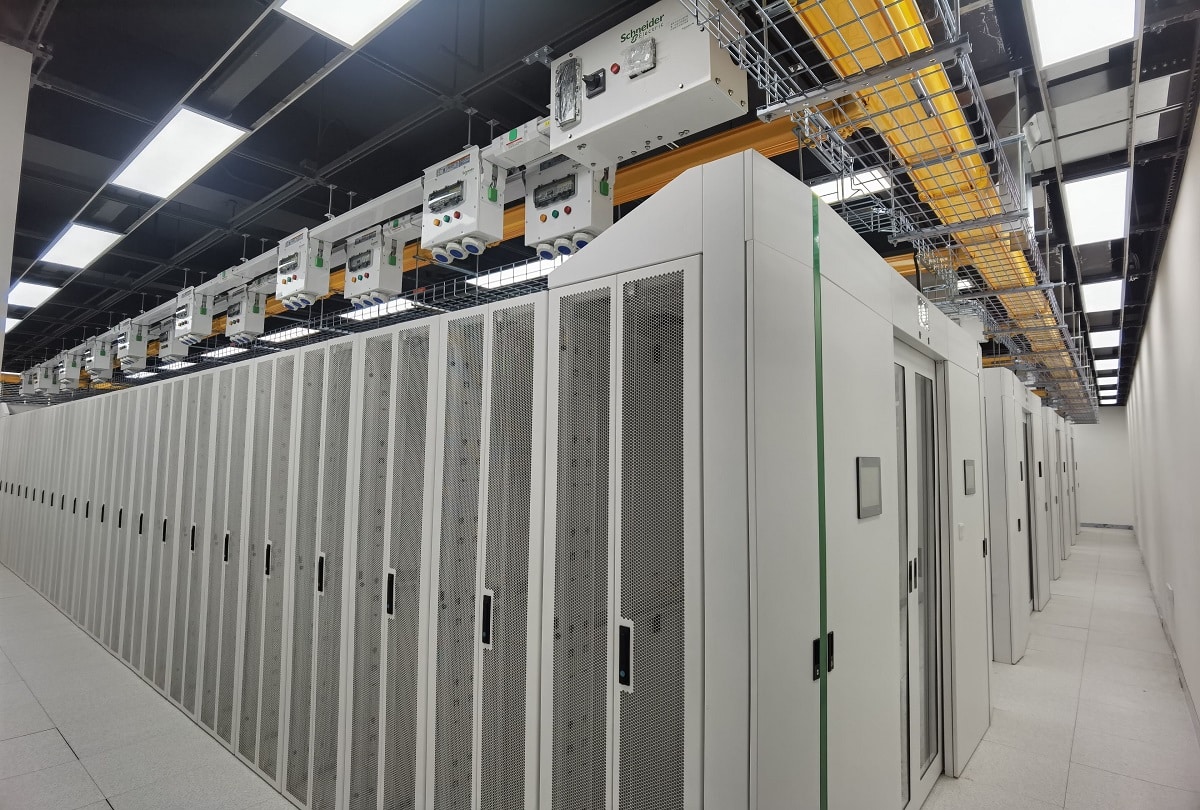The fever for artificial intelligence, cloud computing, and digitization is driving a genuine boom in data center construction in the United States, regarded by high-ranking U.S. officials as “the next Manhattan Project.” However, the rapid expansion of these infrastructures is facing increasingly strong social resistance in communities across 28 states, according to a recent report from Data Center Watch and a thorough analysis published by The Epoch Times and ZeroHedge.
An Unprecedented Deployment… and Hard to Quantify
While there is no official census, the most widely accepted estimates suggest that there are between 2,500 and 5,400 data centers in the U.S., a figure significantly higher than any other country, including China. In fact, nearly half of all the data centers in the world are located on U.S. soil. Despite this, experts agree that the demand for capacity is set to triple by 2028, driven by the rise of generative artificial intelligence and new digital platforms.
The Department of Energy has already warned that this growth will require a profound transformation and strengthening of electrical grids, labeling grid adaptation as an “existential” challenge to maintain technological leadership against China.
Boom in Projects and Organized Resistance
By 2025, it is estimated that over 4,750 new data center projects will begin construction in the U.S., nearly matching the total number of centers currently in operation. However, this massive growth is encountering organized opposition from local communities concerned about the environmental, social, and economic impacts of these facilities.
According to Data Center Watch, at least 142 local groups in 28 states have formed with the sole aim of blocking or delaying the approval of data centers. Between March 2023 and March 2025, it is estimated that around $18 billion in projects have been blocked and another $46 billion have faced delays due to citizen pressure.
A recent national survey reveals the paradox of the phenomenon: 93% of Americans believe that data centers are vital for the country, but only 35% would allow their construction in their own community.
Reasons for Opposition: Energy, Water, Noise, and Jobs
The most common objections to new data centers are:
- High Electricity Consumption: A data center can consume up to 50 times more electricity per square foot than an office building. The sector is expected to grow from 4% of national consumption to 12% in just five years, driving up electricity rates in certain regions.
- High Water Demand: Despite advancements in cooling, a center can consume up to 5 million gallons of water per day. Many new projects are located in regions under water stress.
- Noise and Disturbances: Generators and HVAC systems produce noise levels that, while compliant with regulations, disturb nearby residents.
- Few Direct Jobs: Although construction creates hundreds of temporary jobs, once operational, a data center requires very little staff. This aspect is perceived as a poor return for communities granting tax exemptions or incentives.
Incentives and Lack of Transparency
Another recurring criticism is the lack of transparency in the granting of tax incentives, often protected by confidentiality agreements, which breeds distrust and exacerbates local opposition. Citizens are demanding more participation and transparency in decision-making about projects that can profoundly transform local life and economy.
New Markets and Bipartisan Pressure
The data center boom, once concentrated in major hubs like Virginia, New York, or Silicon Valley, is now expanding into secondary and tertiary markets: Ohio, Georgia, Alabama, Indiana, Iowa… There, opposition transcends party lines: both urban Democrats and rural Republicans express rejection towards projects perceived as imposed “from outside.”
Technological Evolution and Regulatory Challenges
Despite resistance, the data center industry is evolving rapidly. The use of new cooling technologies, water reuse, and energy efficiency aims to minimize environmental impact. However, challenges remain in securing enough renewable energy, water, and a more transparent and fair regulatory framework.
A Key Sector, but at the Center of Social Debate
The United States leads the deployment of global digital infrastructure, but the rapidity of the boom is igniting a national debate over the development model, environmental impact, and the role of communities in the digital economy. Social pressure and the need for a balance between technological development and sustainability will shape the agenda for the next decade in the sector.
The rise of data centers symbolizes progress, but it also tests the urban development model, resource management, and the capacity for dialogue among industry, administrations, and citizens. The outcome of this local struggle will significantly determine the next digital revolution in the United States.
Source: zerohedge

